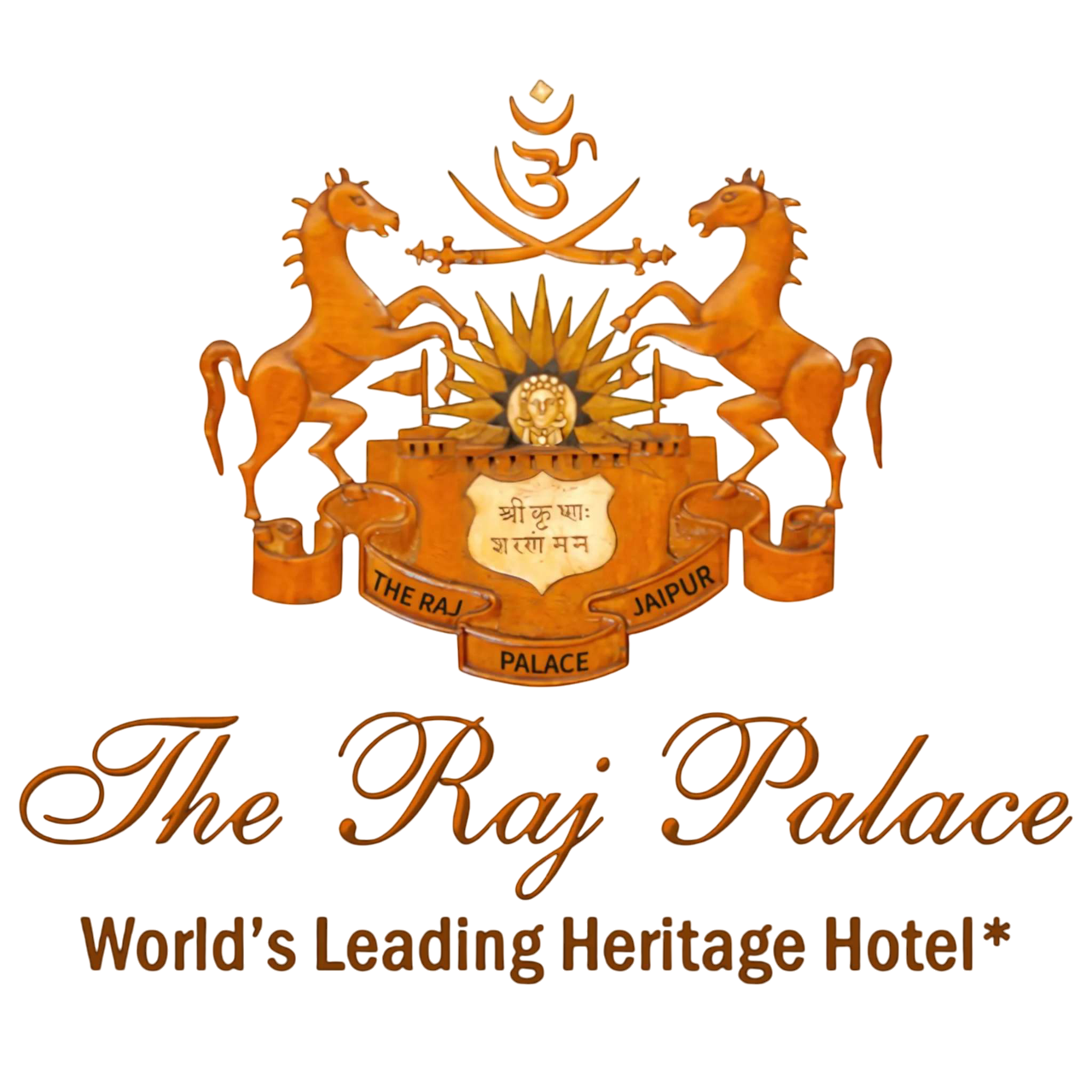By far the most important of all courtly activities in India were the formal receptions known from the 16th century on by the Persian term durbar,since on these occasions the Thakur Sahib and his staff transacted the everyday business of government.Some durbars were grand formal occasions, attended by large numbers of princes, religious advisers, military chiefs, visiting dignitaries, armed guards, bearers of royal insignia, and select members of the public. Others were relatively private affairs in which the ruler conferred only with his closest family members and the most important of his advisers, ministers and commanders. Royal audiences were ideal opportunities to display regal pomp and ceremony so as to emphasize the power of the sovereign and the awe in which he was held. Ceremonial durbars held on religious festivals and on royal anniversaries or birthdays were the most spectacular events in the life of the palace.
Rajput palaces, though less formally organized than those of the Mughal, were abundantly provided with pavilions, balconies and terraces, especially at the upper levels, to serve as retreats for members of the court. Picturesque arrangements of roof-views of the surrounding landscape.
Sheesh Mahal, or mirror pavilions, intended for visual delight – their walls, vaults and domes entirely covered with mirrors, and their niches and windows inset with pieces of coloured glass. Pierced screens known as jails were also used, especially in the upper balconies from where courtiers and royal women could gaze into the inner courts.
Durbars on feast days were more elaborate, and the audience hall was extended by spreading vast awnings. Audience hall have lofty double-height porticoes which make use of both columns and arched portals; from here the Thakur Sahib or his representatives appeared to the public.
The Raj Palace has the following Durbars Halls for private audience, known also by Persian term, diwan-I- khass, were the setting for smaller and more specialized darbars.
The outermost court of the complex which was the setting for public meetings and is known by the Persian term diwan-I- aam.





